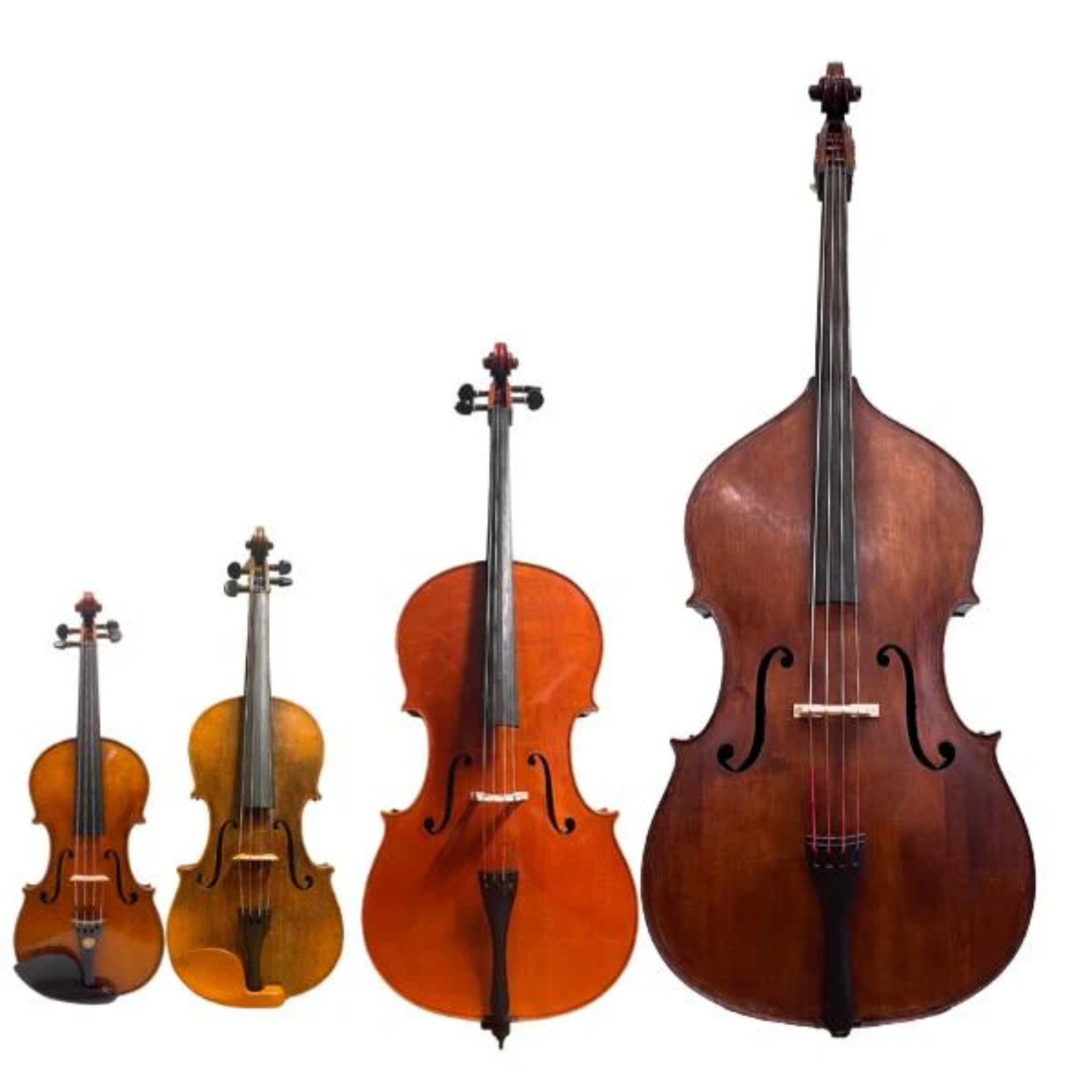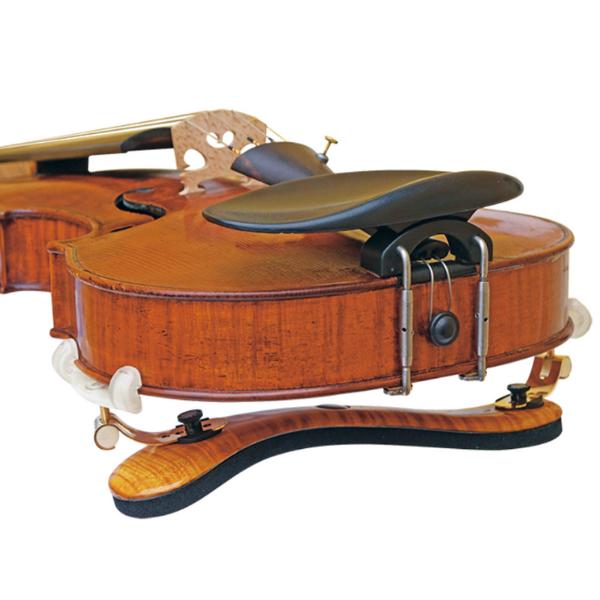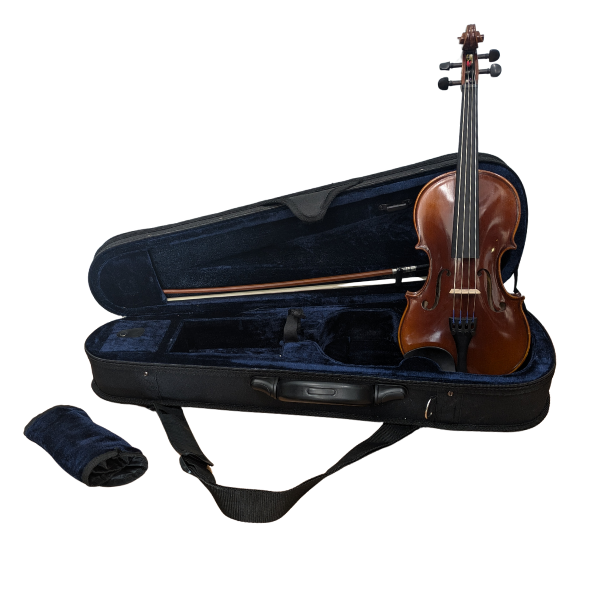How to Change a String (Even If You’ve Never Done It Before!)
"Help! My string broke!"
Don’t worry — this guide will walk you through how to change a string step-by-step. It’s easier than it sounds, and you’ll be back to playing in no time!
Whether you play violin, viola, cello, or double bass, the process is very similar.
Why Should You Change Strings?
Strings don’t last forever. Here’s why you might need to change them:
-
Sound isn’t as bright as it used to be
-
Constantly going out of tune
-
One broke!
-
Playing feels harder than usual
Most players change strings every 6–12 months depending on how often they play.
Before You Begin…
✅ Only change ONE string at a time.
❌ Don’t remove all your strings at once — your bridge could fall or the soundpost could collapse.
✅ Double-check the string!
Make sure it’s:
-
The right note (A, D, G, or C)
-
The right size (e.g. 4/4 violin for a full-size)
❌Don’t change strings right before a performance!
New strings take a few days to settle and sound their best.
What You’ll Need
✔️ Your instrument
✔️ New string
✔️ A safe flat surface or stand
✔️ Soft cloth or towel
✔️ Tuner (optional but helpful)
Step-by-Step: How to Change a String
| Step | What to Do | Tips & Notes | Visual Idea |
|---|---|---|---|
| 1 | Prepare your instrument | Place on soft cloth or use a stand to protect it |  |
| 2 | Loosen and remove the old string | Turn peg towards you to loosen, unhook from tailpiece |  |
| 3 | Unpack the new string | Identify peg end (colored) and ball/loop end |  |
| 4 | Attach string to peg | Thread through peg hole, twist peg away from you, coil neatly |
|
| 5 | Attach string to tailpiece | Hook ball/loop end into tailpiece groove |  |
| 6 | Position the string | Place string in nut groove and bridge notch |  |
| 7 | Tighten and tune | Keep string taut, turn peg slowly, tune with tuner, watch bridge position | |
| 8 | Break in your string | Tune often for a few days as string settles |
 |
After You Change the String
* Play the string in gently for a few days
* You’ll need to retune it often at first
* After 2–3 days, the tuning and tone will settle
Not Feeling Confident?
That’s okay! Changing strings can be fiddly (pun intended). Our friendly team at WA Music can do it for you — and make sure your instrument stays in perfect shape.
📞 Call us: (08) 9244 9559
📧 Email: sales@wamusic.com.au
🏬 Visit us in-store: We’re always happy to help!
✅ Quick Checklist
-
Only remove ONE string at a time
-
Double-check your new string (note + size)
-
Wind neatly and slowly
-
Watch your bridge
-
Let the new string settle in








